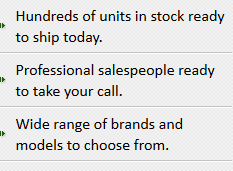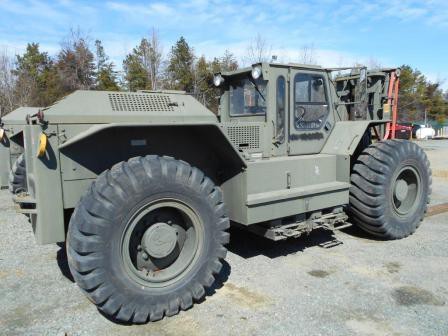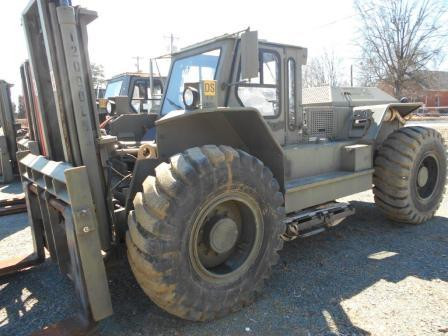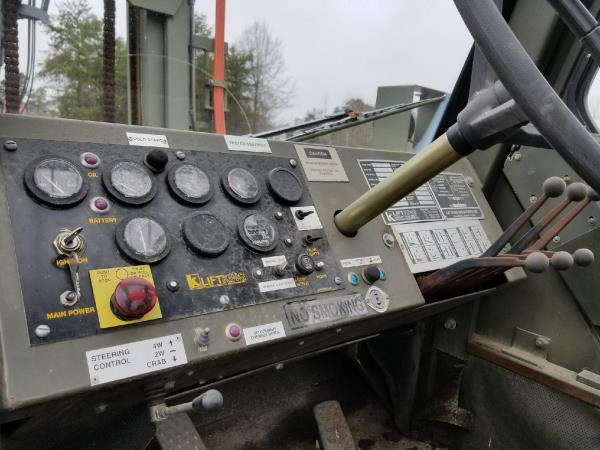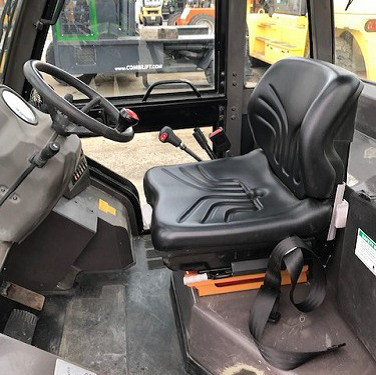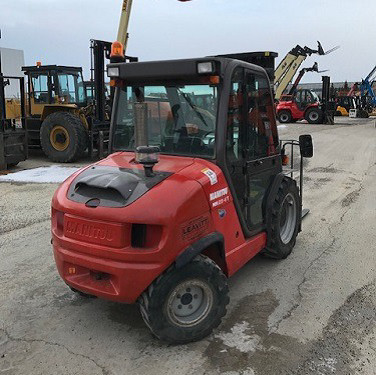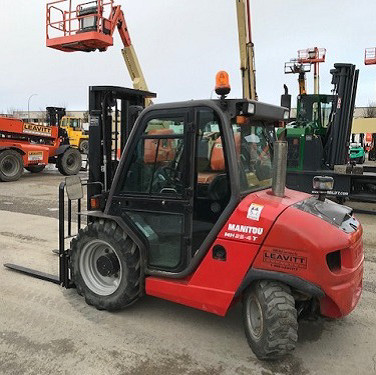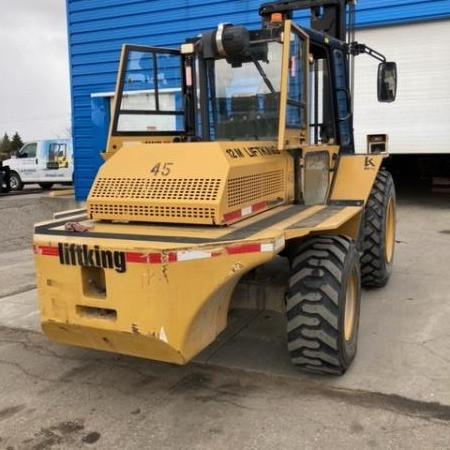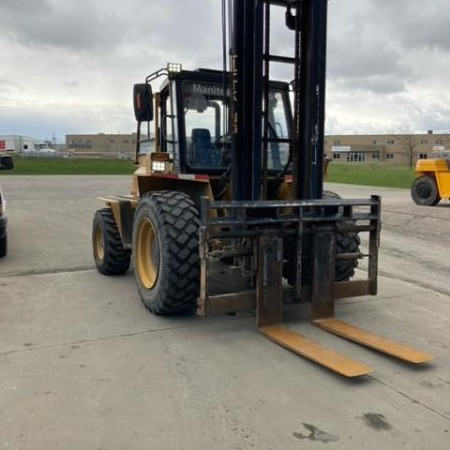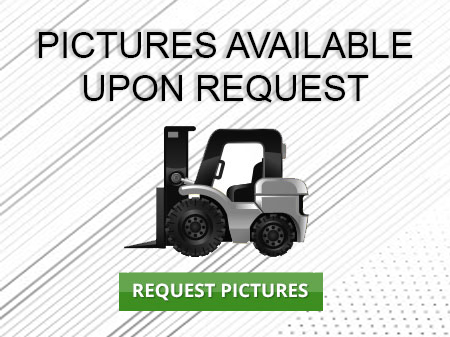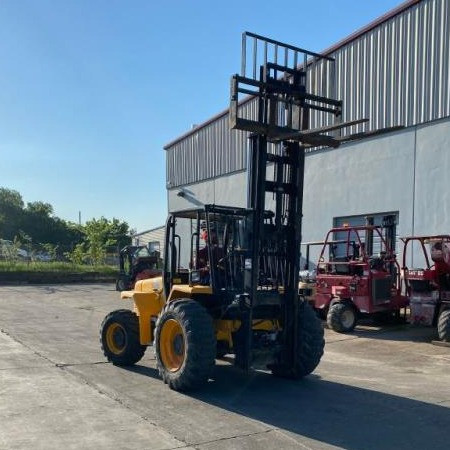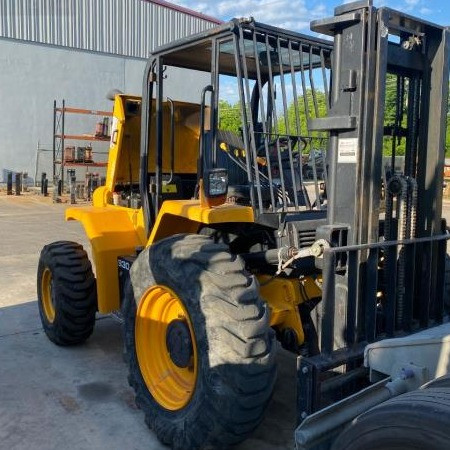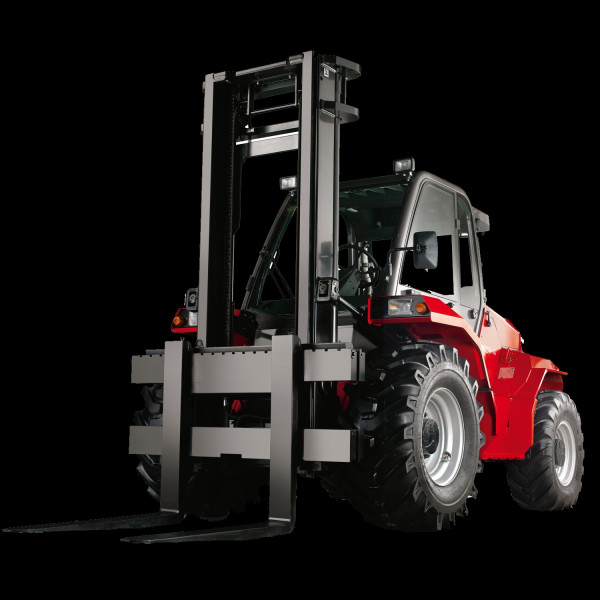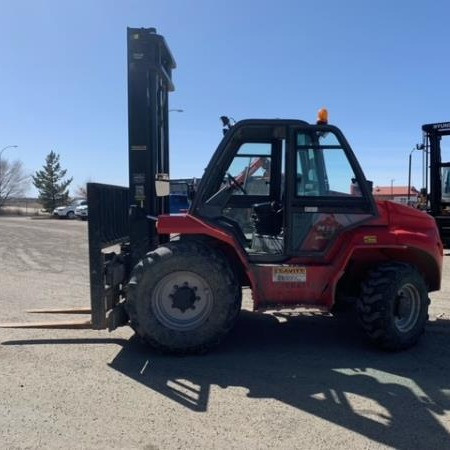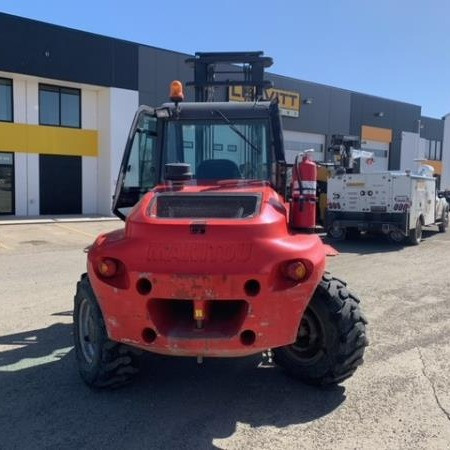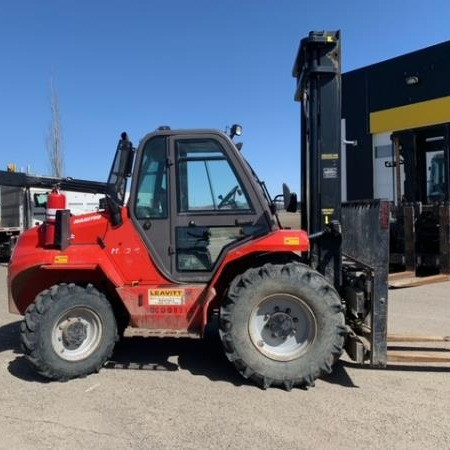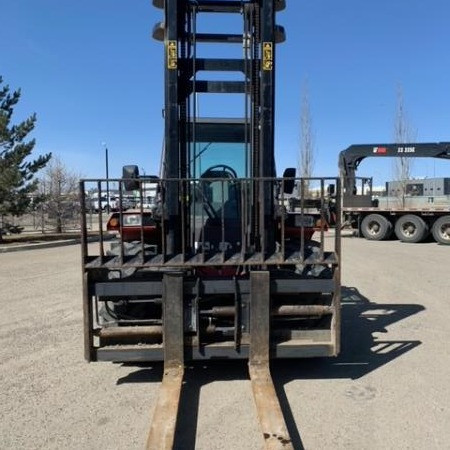Rough Terrain Forklift Bakersfield
Used Rough Terrain Forklift Bakersfield - Broadly defined, a forklift truck uses two forks to load, transport and unload material. The two main categories of forklifts are industrial forklift and rough terrain forklift.
Industrial forklifts are mainly used in loading docks and warehouse applications with smooth and level surfaces. By contrast, the second category of forklifts, rough terrain forklifts, are commonly used to run on uneven and rocky surfaces. Due to size, tires, and weight capacity, a rough terrain lift is primarily used outdoors, often at construction sites. The main difference between industrial and rough terrain forklifts is that industrial forklifts are fitted with cushion tires, a common, over-the-road type tire. Rough terrain models rely on pneumatic tires, a kind of tractor tire known for better floatation and traction abilities. Industrial forklifts can be powered by internal combustion engines but are more frequently powered by an electrical source, such as battery or fuel cell whereas rough terrain forklifts are almost always powered by an internal combustion engine.
Types of Class 7 Rough Terrain Forklift Trucks
There are three main kinds of Class 7 Rough Terrain Forklift Trucks. The rotating telehandler forklift, straight mast forklifts and rotating forklifts are in this category.
Regardless of its type, all rough terrain forklift trucks are designed to handle, as their name suggests, natural rough terrain and disturbed rough terrain typical of construction and military sites. A rough terrain forklift also offers increased maneuverability and performance. In the case of rough terrain forklift operations, extra consideration must be given while raising loads in these rough, variable conditions to prevent tip-over. For safety reasons, it is vital the forklift maintains stability before moving, lifting or lowering. Adequate stability and proper lifting techniques need to be implemented to keep the forklift stable on the ground.
Straight Mast Forklifts
Designed to facilitate safe transport along difficult terrain such as demolition sites and construction locations, straight mast forklifts can complete the job safely and efficiently. Better accessibility and maneuverability are offered by these units thanks to their pneumatic cushion tires. Pneumatic tires allow the machine to successfully traverse difficult terrain. It is common for straight mast forklifts to come with 2-wheel or 4-wheel drive. Even though these machines are better utilized in exterior locations, many straight mast forklifts operate with propane or diesel, enabling them to be used indoors for short timeframes. Both standard and straight mast forklifts offer similar lifting capacities weighing from 5000 to 36,000 pounds, depending on the model.
Telehandler or Telescopic Handler Forklifts
The distinct telescoping boom on telehandlers and telescopic handler forklifts contribute to the unit’s name. Telescoping booms are handy for allowing the machine to load and place items at different lift heights and distances in front of the forklift. Better reachability delivers greater flexibility to the forklift operator while placing loads.
Featuring two wheels found at the front and two wheels at the rear, the standard telehandler is a long and low machine. The telescopic boom can be found at the back of the forklift, mounted on a pivot that is attached many feet higher than the frame of the unit. The left side of the machine houses the cab and the hydraulic fluid tank and the fuel tank are found opposite to the cab. The forklift engine and transmission are situated along the center of the machine. This popular design showcases a balanced forklift which is ideal for the machine’s stability with lifting, moving and lowering items.
Telehandler units offer significantly higher lifting heights compared to standard units. Also called compact telehandlers or high-reach telehandlers, these forklift trucks can lift their full load capacities from 18 feet, for the compact telehandlers, to 56 feet, for the high-reach telehandlers, into the air. Their load capacities usually range between 5,500 and 12,000 pounds.
All-terrain forklifts often include all-wheel steering which allows for greater maneuverability. This, along with power shift transmission and other steering features, means that the operator can move the lift in as close proximity to the work area as possible.
More recently, Telehandler forklift models have included additional features that incorporate the latest in ergonomics. These features include tilted steering options and roomier cabs to increase operator comfort. High in demand at job sites, these ergonomic options reduce operator fatigue and repetitive stress injuries.
A single joystick is a common design for most telehandlers. The joystick is essential for controlling the boom functions and the hydraulics responsible for forward operation.
Telehandler forklifts can also be equipped with non-marking tires which allow them to be used in other applications such as the installation of signs and billboards as well as maintenance on buildings and stadiums.
Rotating Telehandler or Roto Telescopic Handler Forklifts
The basic telehandler forklift has much in common with rotating telehandlers and roto telescopic handler forklifts. The rotating telehandler can lift excessive loads to extreme heights safely and efficiently. The turntable or rotating ability add extra panache. Rotating the forklift a complete three-hundred-and-sixty degrees creates a larger working location without the need of repositioning the forklift.
Commonly, rotating telehandlers have another joystick to handle the rotation portion separately from the lift function. Power-assist steering minimized slip differential on the rear axle for additional traction and four-wheel drive are some of the extra features offered on rotating telehandlers and standard telehandler models.
Of course, a machine that can rotate has extra safety considerations to understand. Rotating telehandler rough terrain models come with standard stabilizers to establish more safety while rotating loads back and forth. Some rotating telehandlers do not have stabilizers. These units are created to move and work in various aspects of the job site and are easier to reposition without stabilizers.
Rotator telehandler units are typically smaller than standard telehandlers with their fixed-cab design. Because of this, their load capacities are also smaller than the standard telehandler. Load capacities for rotating telehandlers usually range between 4,000 and 10,000 pounds, with lift heights ranging from 15 to 80 feet.
Standard and rotator telehandlers can double as a crane when outfitted with specific winch accessories. These units can enable job sites that require a crane to get the job done without having to rent and transport a separate machine.
Advancements for Rough Terrain Forklifts
Popular rough terrain forklift attachments include rotating fork carriages, booms, articulating booms and winches. Because of the importance of forklift attachments in their ability to adapt forklifts to many different types of specific jobs, it is expected that the creation and availability of new rough terrain forklift attachments will continue to increase.
However, the bulk of advancements are expected to be in the form of safety features, built-in to manufactured rough terrain forklifts. Automatic load restriction units and certain safety features have started being implemented. This system weighs a load automatically and then calculates the safe reach distance of the load while considering the extension and boom angle. An alarm will go off once the safe distance is reached. This alerts the operator that immediate adjustments need to be made to the boom angle, reach distance or load weight.
Rough Terrain Forklift PDF
Stock Number: 267846 GL
Make: Liftking
Model: LK12000
Year: 2003
| Stock Number |
267846 GL |
| Make |
Liftking |
| Model |
LK12000 |
| Year |
2003 |
| Category |
Rough Terrain Forklift |
Stock Number: DP-MAN008 GL
Make: MANITOU
Model: MH25-4T
Year: 2016
| Stock Number |
DP-MAN008 GL |
| Make |
MANITOU |
| Model |
MH25-4T |
| Year |
2016 |
| Category |
Rough Terrain Forklift |
Stock Number: 209058 GL
Make: LIFTKING
Model: LK12M42
Year: 2015
| Stock Number |
209058 GL |
| Make |
LIFTKING |
| Model |
LK12M42 |
| Year |
2015 |
| Category |
Rough Terrain Forklift |
Stock Number: 208325 GL
Make: MANITOU
Model: M50.4
Year: 2015
| Stock Number |
208325 GL |
| Make |
MANITOU |
| Model |
M50.4 |
| Year |
2015 |
| Category |
Rough Terrain Forklift |
Stock Number: LS15257 GL
Make: JCB
Model: 930
Year: 2013
| Stock Number |
LS15257 GL |
| Make |
JCB |
| Model |
930 |
| Year |
2013 |
| Category |
Rough Terrain Forklift |
Stock Number: EQC008213 GL
Make: MANITOU
Model: M50
Year: 2017
| Stock Number |
EQC008213 GL |
| Make |
MANITOU |
| Model |
M50 |
| Year |
2017 |
| Category |
Rough Terrain Forklift |
